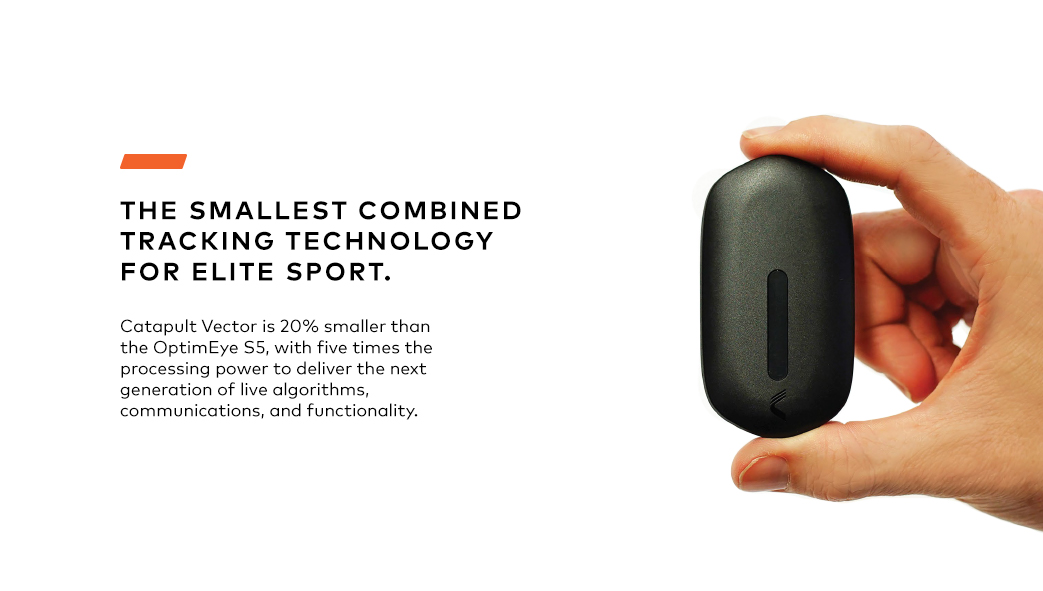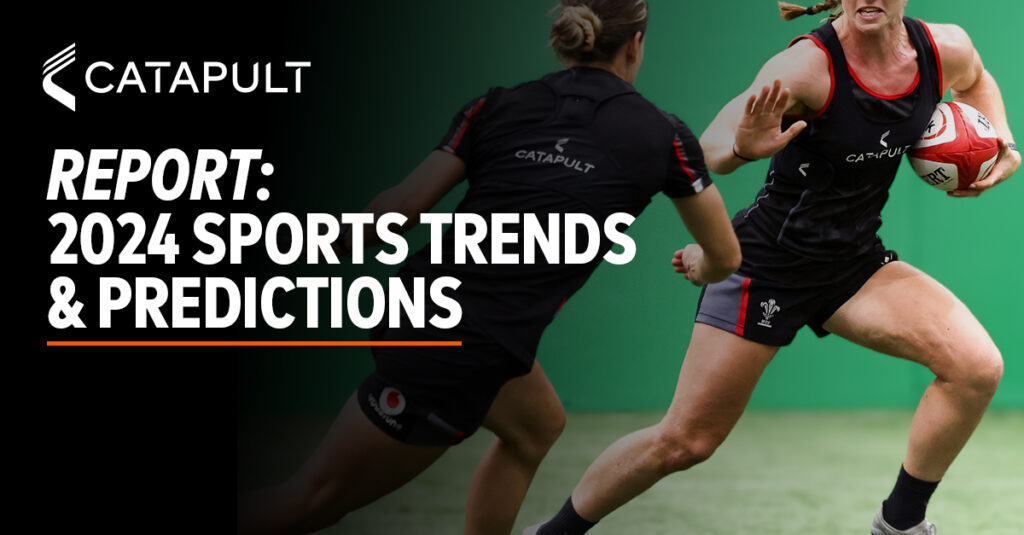Sweden Women’s National Football Team: Success & Tech Updates for 2024
2024 Update
Since our last check-in, the Sweden women’s national football team has kept up their impressive run on the international scene. Notably, their shining moment came at the UEFA Women’s Euro 2022. We’ve updated this blog to keep you in the loop on their achievements and how cutting-edge tech from Catapult is playing a role in their continued success.
The Tech That’s Changing the Game
The collaboration between the Swedish Football Association (SvFF) and Catapult remains strong, using wearable tech to improve player performance, minimize injury risks, and speed up recovery times. Dive deeper into Catapult’s football technologies at Catapult Football Solutions.
Watch This: Get a closer look at how Catapult’s tech is making a difference for the Swedish team:
Collaboration at Its Best
Pontus Ekblom, the team’s fitness guru, is deeply involved in meshing coaching strategies and medical insights to keep the team on top form. “I manage and analyse Catapult data alongside player questionnaires collected twice daily,” says Ekblom. His role extends to coaching and tactical planning during games.
Tech Insights: Interested in the tech powering the Swedish team? Find out more at Catapult Technology Enquiry.

Communication Is Key
Effective communication, facilitated by tech, ensures the team operates like a well-oiled machine. Ekblom praises the seamless data sharing among coaches, medical staff, and players for keeping everyone match-ready. “The data we collect ensures that continuous communication takes place,” he highlights, proving crucial in tournament settings.
Focusing on What Matters
The team zeroes in on vital performance metrics, such as sprints and high-intensity runs, to mirror match conditions in training. “These help us to establish the desired intensity during sessions so we can replicate match demands,” Ekblom points out. This strategy prepares the players for the physical challenges of international matches.
A Unified Effort
Ekblom emphasizes collaboration with all stakeholders to ensure training and match strategies are aligned. “I report directly to the Head Coach on compliance regarding training drills and exercises carried out,” he mentions. This collective approach ensures everyone is aligned with the team’s goals.
What’s Next in Sports: 2024 Trends
To add even more value, let’s dive into what’s shaping the future of sports. Catapult’s 2024 Sports Trends & Predictions report highlights the significant growth of women’s sports as a key trend. This aligns perfectly with the trajectory of the Sweden women’s national football team.
Explore the full report for insights on what’s driving this growth and how technology will play a crucial role: 2024 Sports Trends Predictions Report.

Wrapping Up
From 2019 to 2024, the journey of the Sweden women’s national football team is a testament to dedication, strategic victories, and the transformative power of technology. This update brings you the latest on their progress and how advancements in sports tech are shaping their path to success.